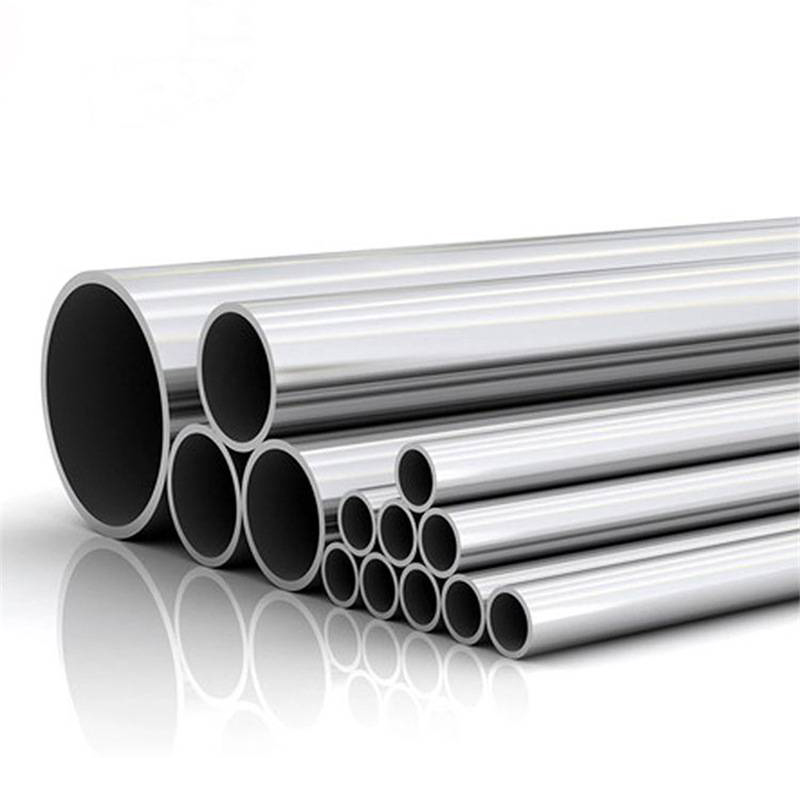
Most people believe that stainless steel has no magnetism and use magnets to distinguish the quality and authenticity of stainless steel pipes, which is not scientific.
Non magnetic and non magnetic, considered good and genuine; If the inhaler has magnetism, it is considered a counterfeit.
This is an extremely one-sided and unrealistic method of identifying errors.

There are various types of stainless steel, which can be divided into several categories according to their microstructure at room temperature:
1. Austenitic types such as 304, 321, 316, 310, etc;
2. Martensitic or ferritic structures such as 430, 420, 410, etc;
Austenite is non-magnetic or weakly magnetic, while martensite or ferrite is magnetic.
The stainless steel commonly used for decorative tube sheets is mostly austenitic 304 material, which is generally non-magnetic or weakly magnetic.
However, magnetism may also occur due to fluctuations in chemical composition caused by smelting or different processing conditions.
However, this cannot be considered as counterfeit or unqualified. What is the reason for this?

Austenite is non-magnetic or weakly magnetic, while martensite or ferrite is magnetic.
Due to component segregation or improper heat treatment during smelting, a small amount of martensite or ferrite structure can be formed in austenitic 304 stainless steel.
In this way, 304 stainless steel will have weak magnetism.
In addition, after cold processing, the microstructure of 304 stainless steel will also transform into martensite.
The greater the cold processing deformation, the more martensite transformation, and the greater the magnetic properties of the steel.
Like a batch of steel strips, produced Φ 76 tubes, no obvious magnetic induction, production Φ 9.5 Tube.
Due to the large deformation caused by cold bending, the magnetic induction is more pronounced.
The production of square rectangular pipes has a greater amount of deformation than circular pipes, especially in the angled part, which causes more intense deformation and more obvious magnetic induction.
To completely eliminate the magnetism of 304 steel caused by the above reasons, high-temperature solid solution treatment can be used to restore stable austenite structure, thereby eliminating magnetism.

It should be emphasized here that the magnetism of 304 stainless steel caused by the above reasons is completely different from that of other materials such as 430 and carbon steel, which means that the magnetism of 304 steel always shows weak magnetism.
If stainless steel has weak magnetism or no magnetism at all, it should be classified as 304 or 316 material;
If it has the same magnetism as carbon steel and shows strong magnetism, it is judged that it is not made of 304 material.
304 and 316 are both austenitic stainless steels, which are single-phase and have weak magnetism.